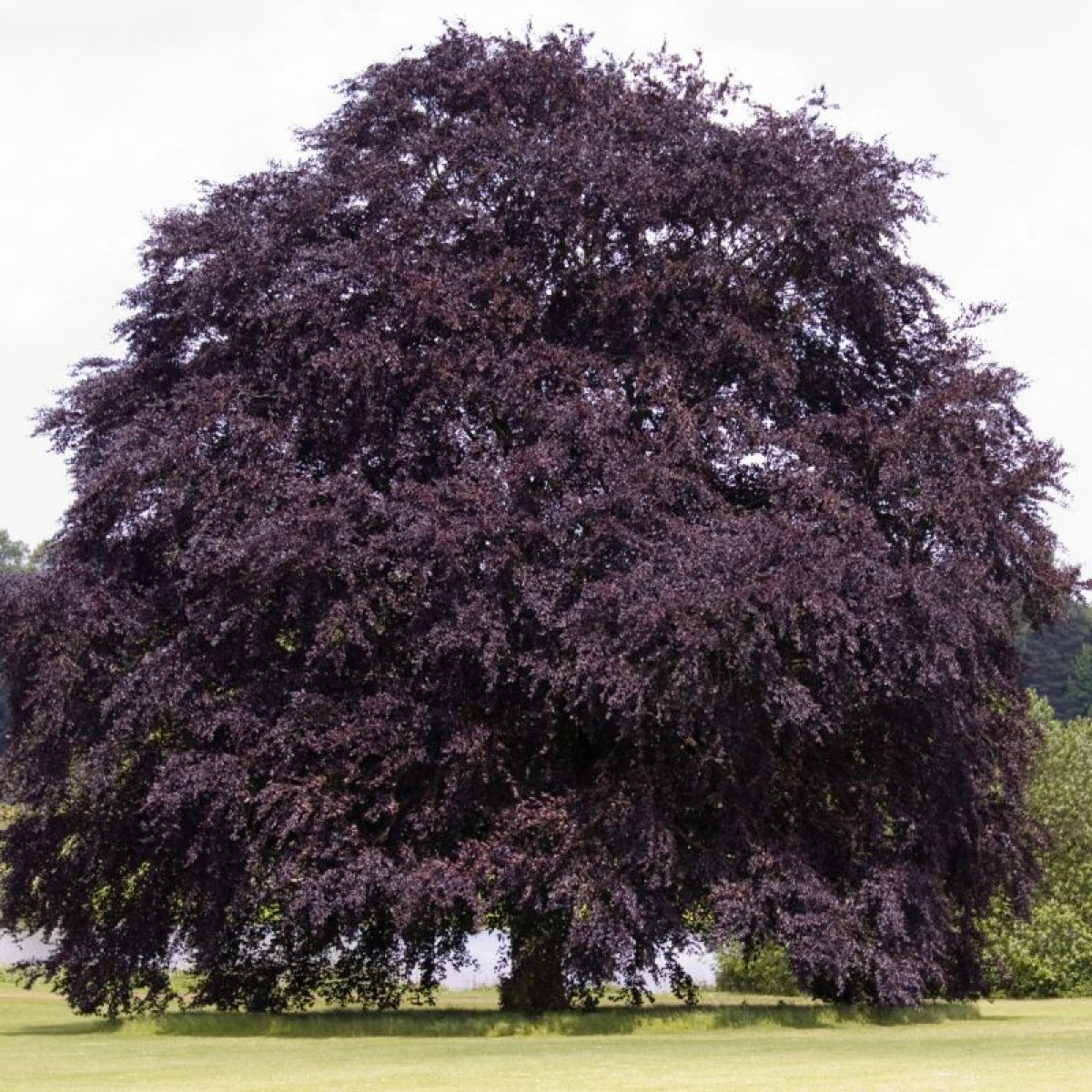The beech tree, belonging to the genus Fagus, is a deciduous tree revered for its impressive stature, smooth gray bark, and lush, verdant foliage. Native to temperate zones of Europe, Asia, and North America, this tree species plays a pivotal role in forest ecosystems and is a favored choice for landscaped gardens and parks.
Unique characteristics of beech trees
One of the most distinctive features of the beech tree is its smooth, silver-gray bark, which stands out in any landscape. The leaves of the beech are another notable attribute, emerging as a delicate green in spring, maturing to a deep, rich green in summer, and finally turning golden bronze in autumn. This seasonal color transition adds a dynamic element to its surroundings.
Ecological significance and uses
Beech trees are not just known for their beauty; they also hold significant ecological value. Their dense canopy provides habitat and protection for numerous bird and mammal species. The fallen leaves create a rich humus that enhances soil fertility. Historically, beech wood has been used for a variety of purposes, from furniture making due to its strong, attractive wood grain, to fuel and even as a source for beer fermentation in some cultures.
Planting and caring for beech trees
When considering planting a beech tree, it is essential to account for its potential size and root spread. These trees thrive in well-drained, fertile soils and prefer a spot with full sun to partial shade. While beech trees are relatively low maintenance once established, they do benefit from mulching to retain soil moisture and protect their shallow root system.
Beech in landscape design
In landscape design, beech trees are versatile. They can be used as stunning solitary specimens or planted in groups to create a woodland feel. The European beech (Fagus sylvatica), in particular, is popular for hedging due to its ability to be trimmed into dense, leafy barriers.
